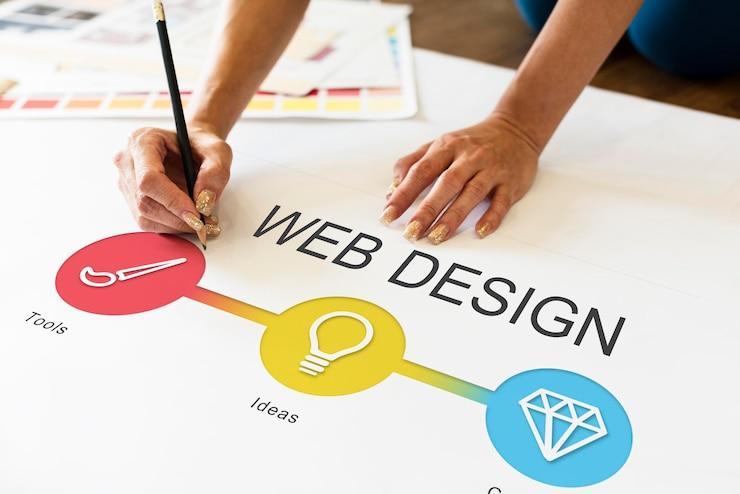Web design has changed a lot as a result of the tremendous development of the digital realm. Website design has evolved from a static and linear process to one that is now more user-centric and iterative. Despite these improvements, though, web design is still far from ideal. In this guest post, we’ll discuss why the web design process needs to evolve, and how taking a more flexible and welcoming approach may benefit everyone involved.
The Ever-Changing Expectations of the User Community
Users in today’s fast-paced world have grown to demand intuitive and enjoyable interactions with websites. Users expect information to be readily available and interactions to be simple due to the proliferation of mobile devices and the internet. Traditional web design processes have a hard time keeping up with these shifting user expectations because of the time it takes to develop new features.
Pawan Kumar at UnitedWebSoft.in, an experienced full stack developer, Web Designer from Delhi, India suggested lots of new technology used in modern web designing process.
The Surging Popularity of UX Designing for the user’s experience (UX) has become increasingly important in web development. It puts the wants and desires of its intended users first, with the goal of providing them with a satisfying and easy browsing experience. User experience design (UX design) goes beyond the aesthetics of a product to examine the user’s actual needs, problems, and desires. To adapt to this change, the web design process must become more user-centered, with users actively involved in the design and testing phases to produce websites that are in tune with their wants and needs.
Responsive Web Design and a Focus on Mobile
A mobile-first strategy in web design is crucial now due to the proliferation of mobile devices. The idea behind this approach is to optimise the user experience for mobile devices with smaller displays first. A consistent and accessible experience is also essential across all devices, which is why responsive design, which allows websites to adjust to different screen sizes and orientations, is so important. By using these procedures, designers may make websites that function properly across a wide range of modern devices.
Availability and Acceptance
Web accessibility is not optional; it is mandated by law and good morals. All users, including those with impairments, should be taken into account during the web design process. Designers may make their websites accessible to people of all ages and abilities by adhering to universal design principles from the start. Better user experiences for all visitors result from inclusive web design, not only those with disabilities.
Methods Based on Agility and Iteration
Web development typically proceeds in a linear fashion, leaving little room for modification once work has begun. The agile and iterative method, on the other hand, places a premium on flexibility and teamwork. This approach enables iterative improvements in response to user input and shifting needs. Successful and user-friendly websites are the result of teams that are able to adapt quickly to changing market conditions and consumer preferences.
Design Thinking in Collaboration
Web design is a team sport that demands the combined talents of designers, developers, content producers, and stakeholders. By fostering cooperation amongst departments, collaborative design thinking leads to more comprehensive solutions. In addition to enhancing the quality of the end result, this method also increases team members’ buy-in and comprehension.
Making Informed Design Choices
The design of a website relies heavily on data. Data-driven insights into user behaviour, interactions, and preferences provide designers the ability to make educated design choices. Designers can optimise user flows and the site’s overall performance with the aid of tools like A/B testing and user tracking. Continuous improvement and optimisation can result from incorporating data-driven design practises into the web design process.
Conclusion
The web design process must evolve to reflect the new realities of the internet. Positive results can be achieved by the adoption of user-centricity, accessibility, agility, and cooperation. Web designers can create sites that not only meet but also surpass users’ requirements and expectations by staying sensitive to the quickly evolving user expectations, taking a mobile-first strategy, and leveraging data-driven insights. Ultimately, if the web design process is altered, we may look forward to more creative, accessible, and user-friendly online interactions.



